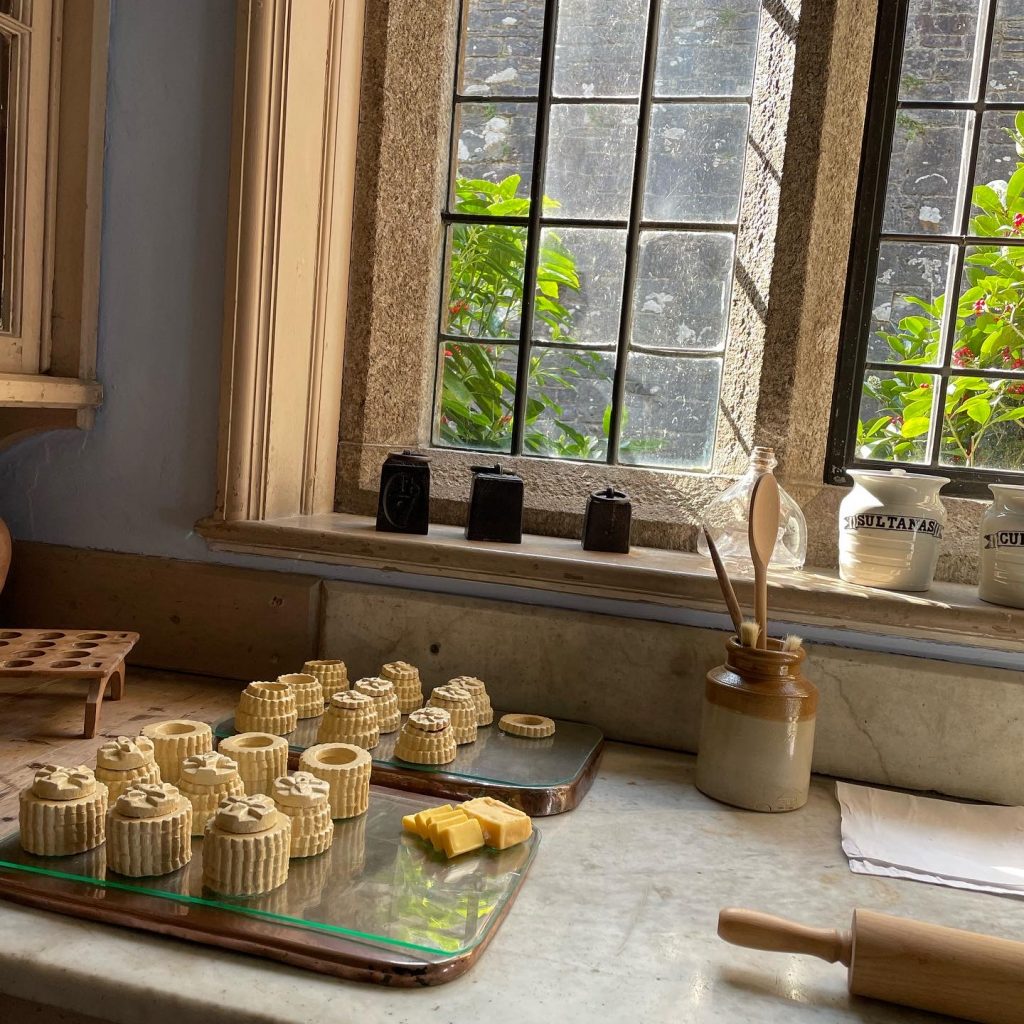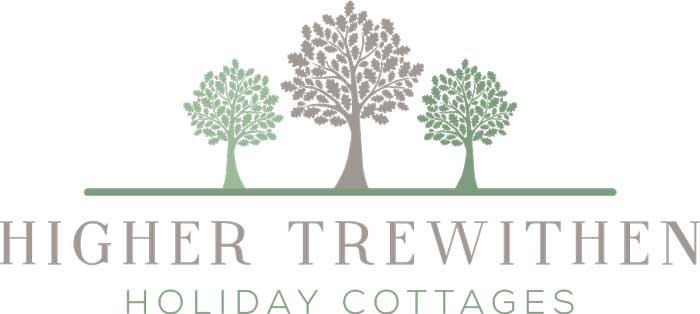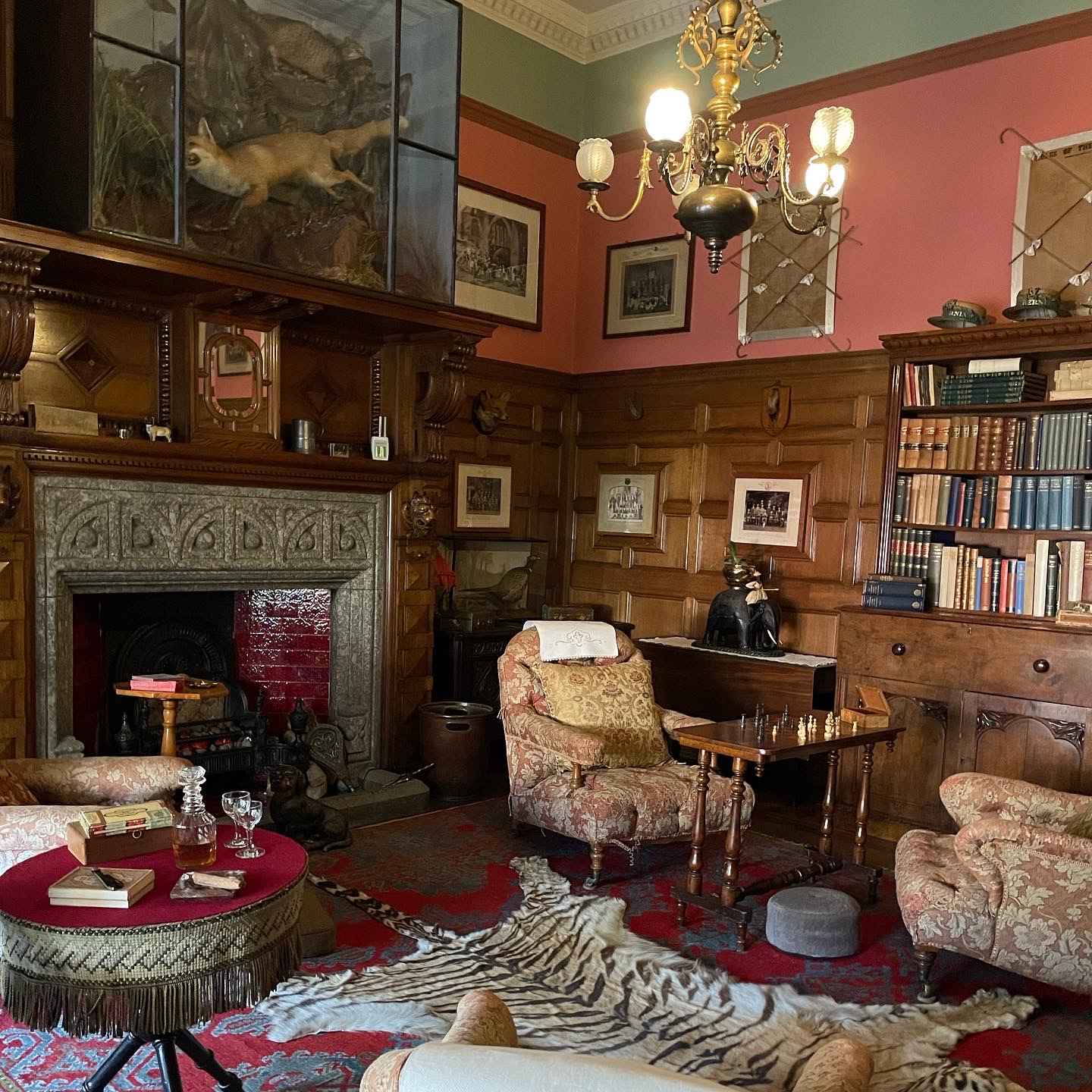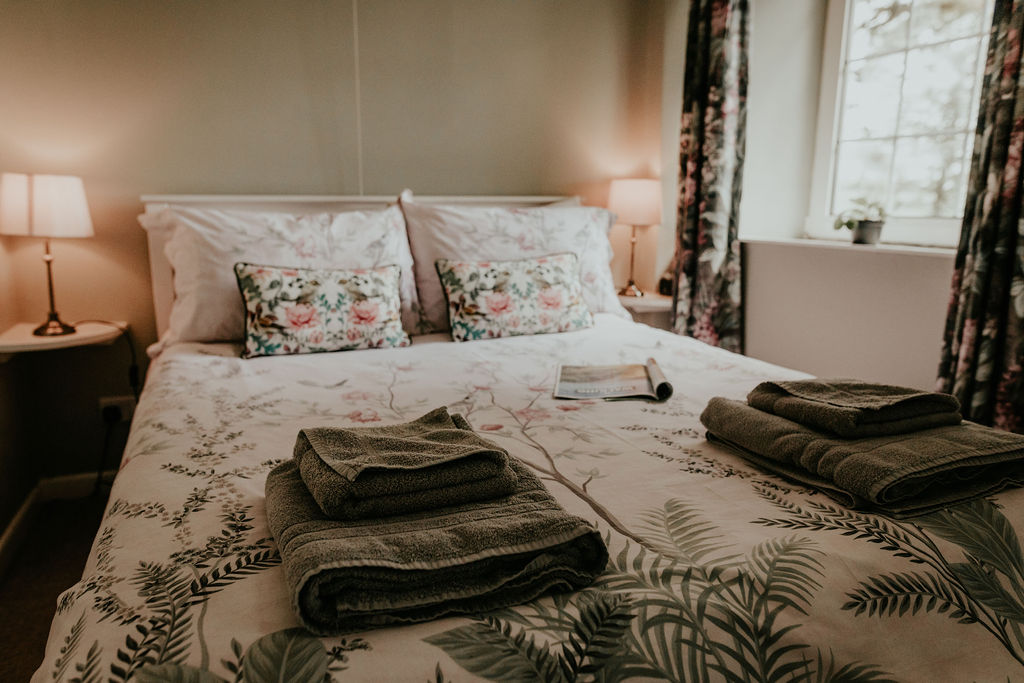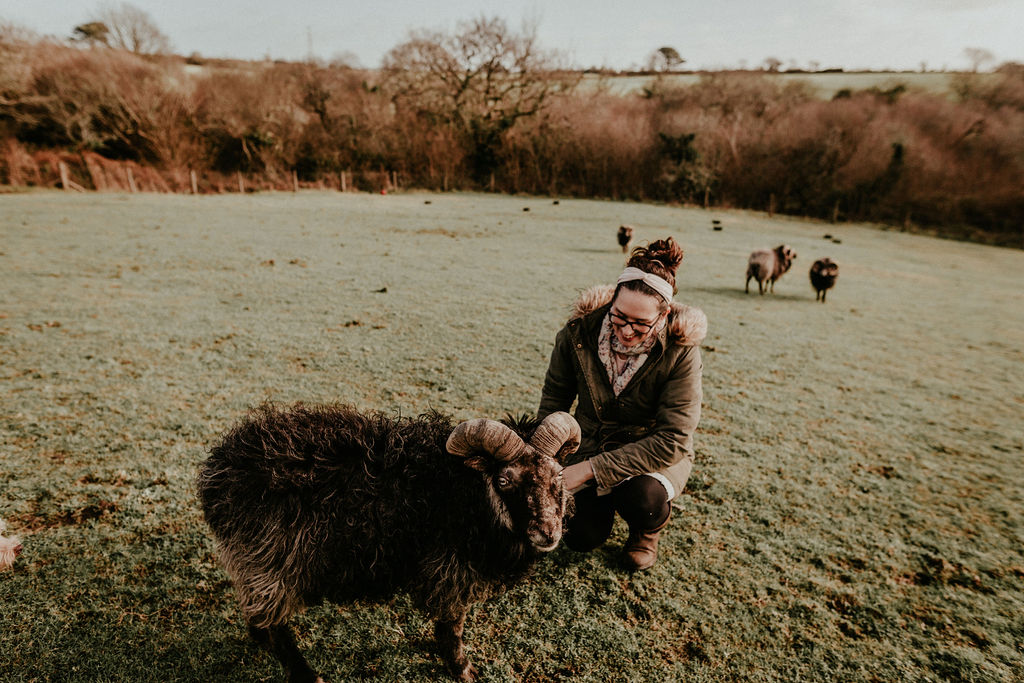Nestled in the heart of Cornwall, Lanhydrock National Trust is a sprawling estate boasting a grand Victorian country house, stunning gardens, and ancient woodlands. Whether you’re a history buff, a nature lover, or simply seeking a day out with the family, Lanhydrock has something for everyone.
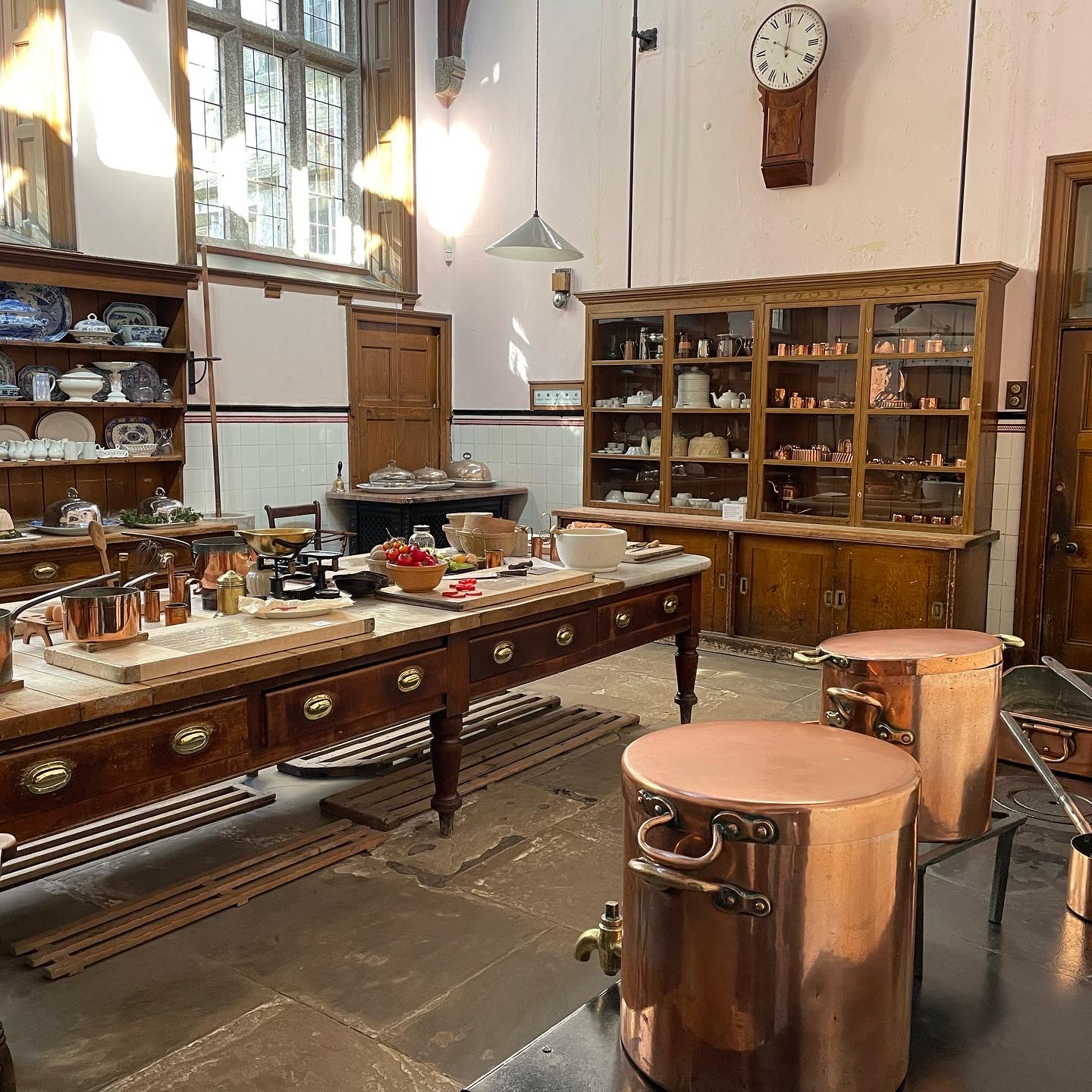
A Step Back in Time
Lanhydrock House, the centerpiece of the estate, is a magnificent example of Victorian architecture. The original house was built in the Jacobean style during the 1630s. However, following a devasting fire in 1881, the house was extensively remodelled in the high Victorian style you see today.
Owners of Lanhydrock: The Good, The Bad & The Totally Negligent
Lanhydrock is a Grade I listed building with a colourful and turbulent history. Inhabitants of this stunning estate have included Richard Robartes who was regarded as being the “wealthiest in the west”. John Robartes, a staunch Puritan and Parliamentarian, who fled from Royalist forces during the English Civil War, narrowly escaping capture with the Earl of Essex. Surprisingly, he later become a member of the Privy Council during the Restoration period. Lanhydrock’s library is filled with John Robartes’s books which reflect his interest in Politics, History, Theology and Science.
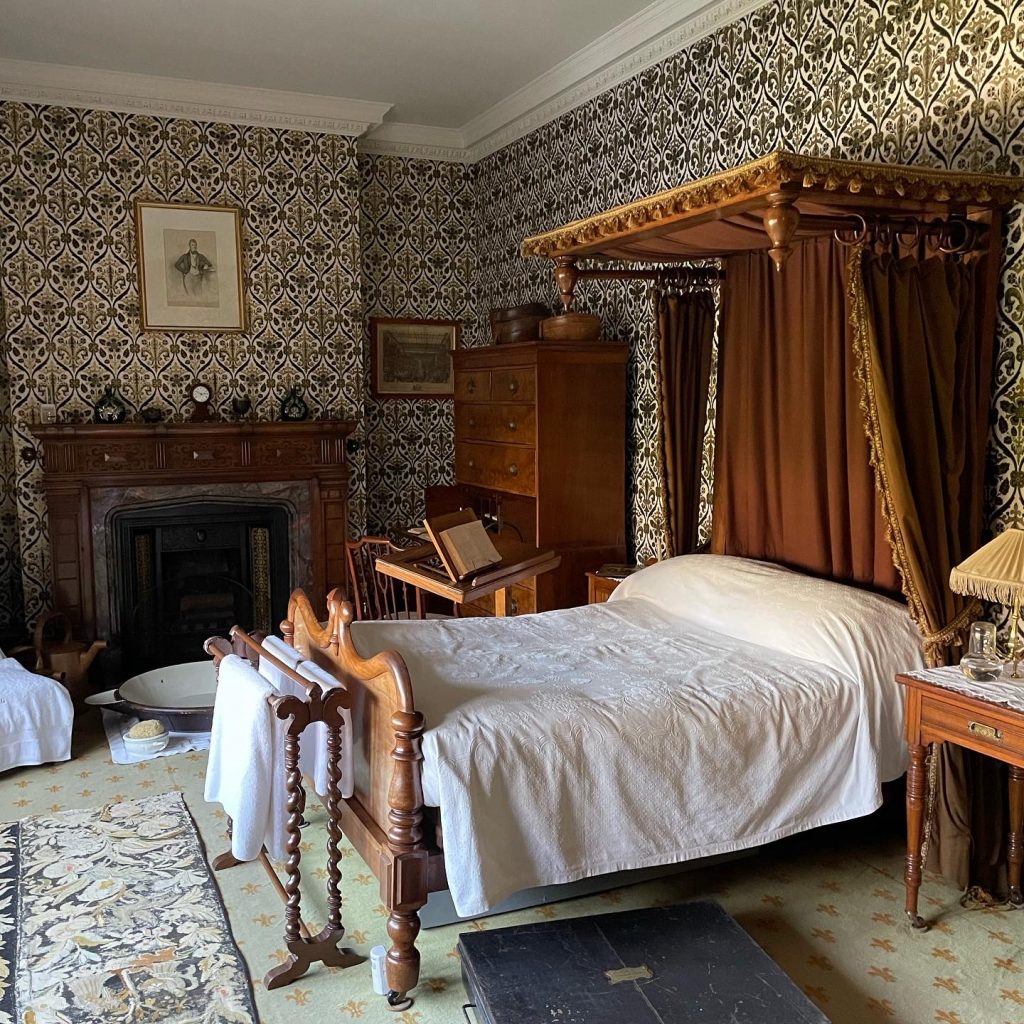
During the 18th century Lanhydrock was inherited by a number of individuals that felt no significant attachment to the estate. Charles Bodville Robartes enjoyed exploring Europe, finally settling in Venice with his mistress who loved to spend his money.
Lanhydrock faced demolition when it fell in to the hands of his sister, Mary Vere Robartes who declared, ‘It’s impossible to have a more disagreeable estate to manage.’ In 1754 she wrote that she was considering demolishing the house and selling off it’s contents. Mary had the estate valued at £110000 but died before she could carry out her threat.
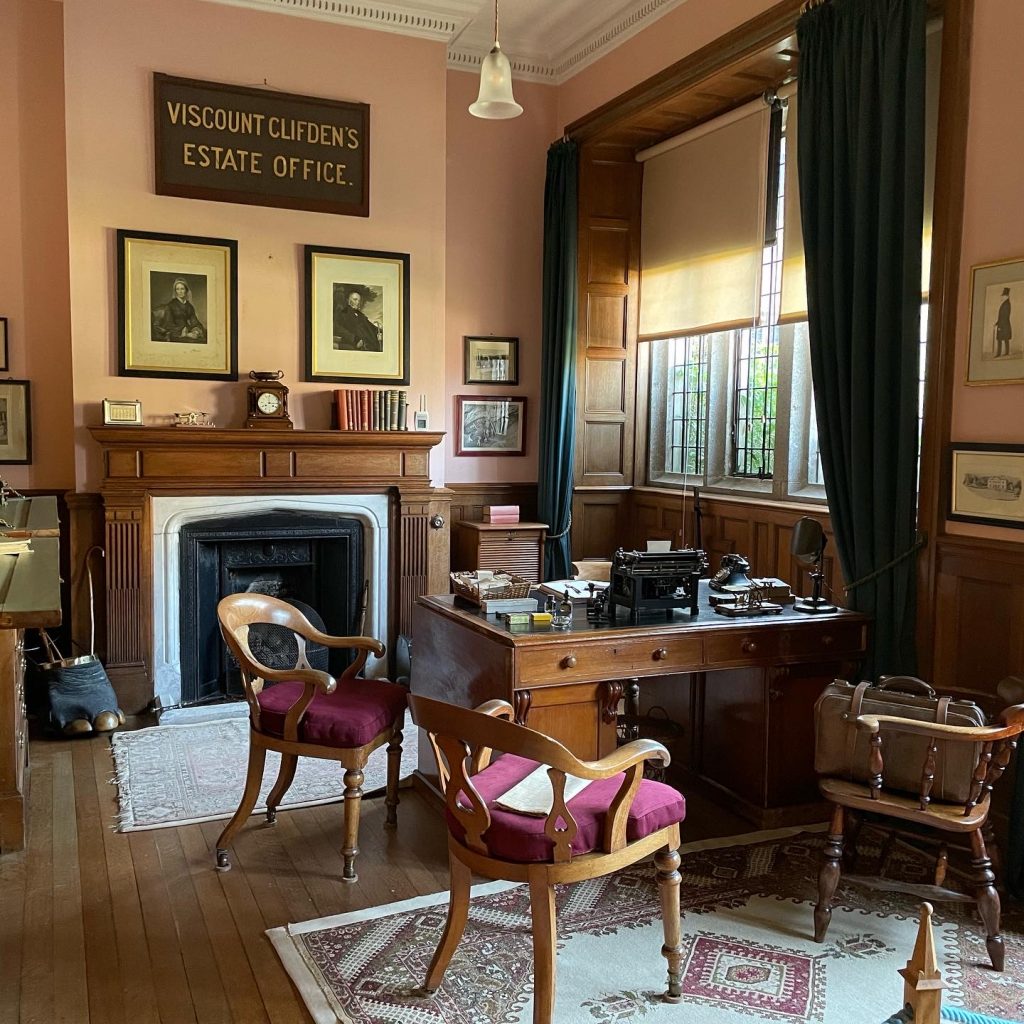
As the 18th Century marched towards the 19th, Lanhydrock seemed to inherit a series of owner that held the estate in greater esteem and worked at restoring and preserving the property and the grounds. Mary’s son, George Hunt, despite spending little time at Lanhydrock, set about modernising the house and adding good quality furniture and hiring a very conscientious estate warden.
When George passed away, His niece, Anna Maria become the next non-resident care taking who set about adding blinds to protect the paintings and stoves to help fight the damp. Following Anna’s passing, and the death of her eldest son, Thomas James Agar, Anna’s youngest inherited the estate. When Thomas came of age in 1829 he took the Robartes name and the running of the estate, continuing in his mother’s footsteps with a series of improvements to his new home which included commissioning celebrated architect George Gilbert Scott to undertake extensive repairs to Lanhydrock.
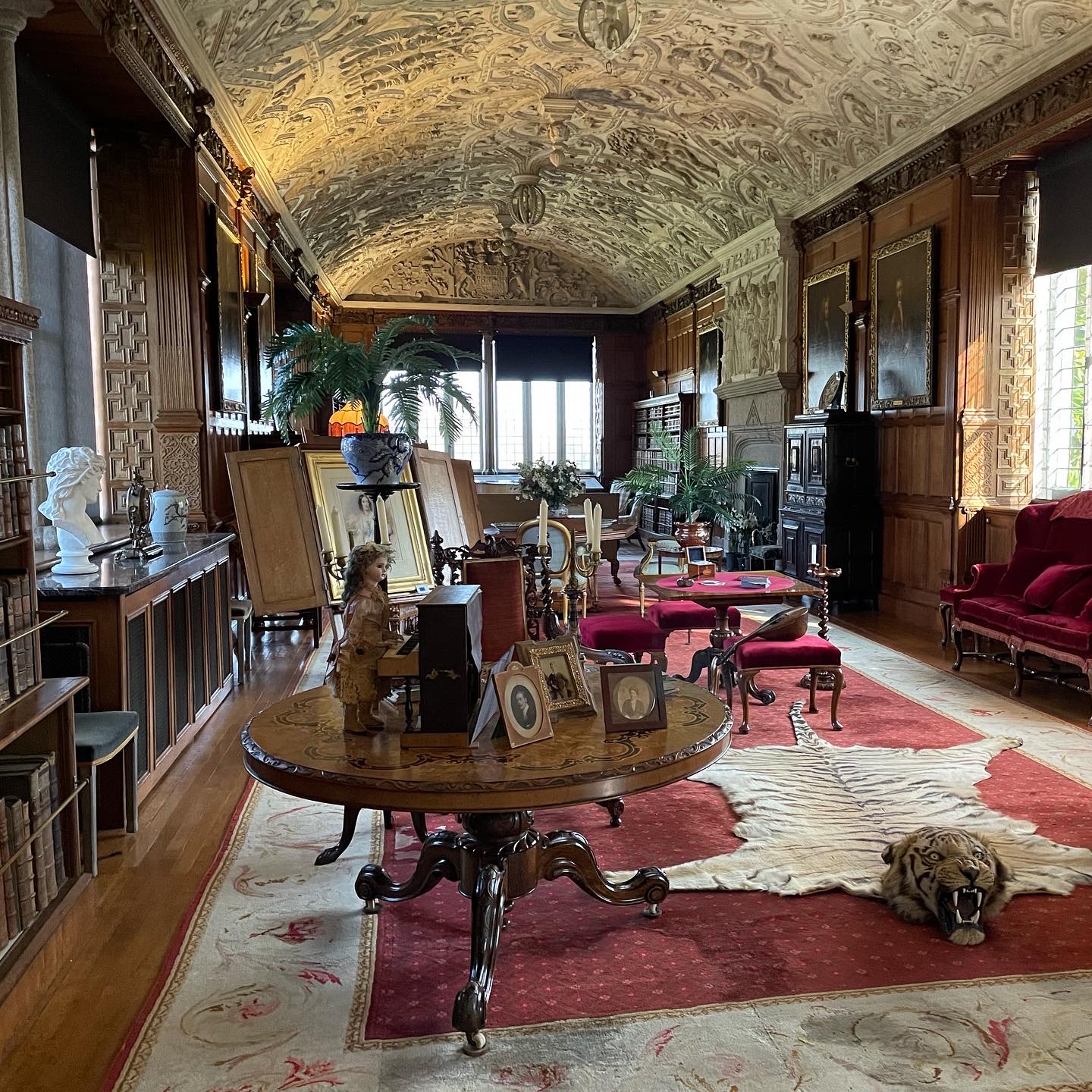
Sadly in 1881 the newly restored interiors of the south and west wings were destroyed by fire. Both Thomas and his wife Julianna escaped unscathed by the flames but Julianna passed away a few days later from smoke inhalation and shock. Thomas passed away the following year, allegedly from a broken heart.
The estate then passed to Julia and Thomas’s son, Thomas Charles who became the 6th Lord Robartes, and set about restoring the house as per his father’s dying wish, installing the very latest fire-fighting equipment available in Victorian England, along with other modern conveniences and decorating following a more modern style of the times. He lived at Lanhydrock with his wife Mary Dickinson. They had 10 children but sadly only one reached adulthood, Thomas Charles Reginald Agar-Robartes (known as Tommy).
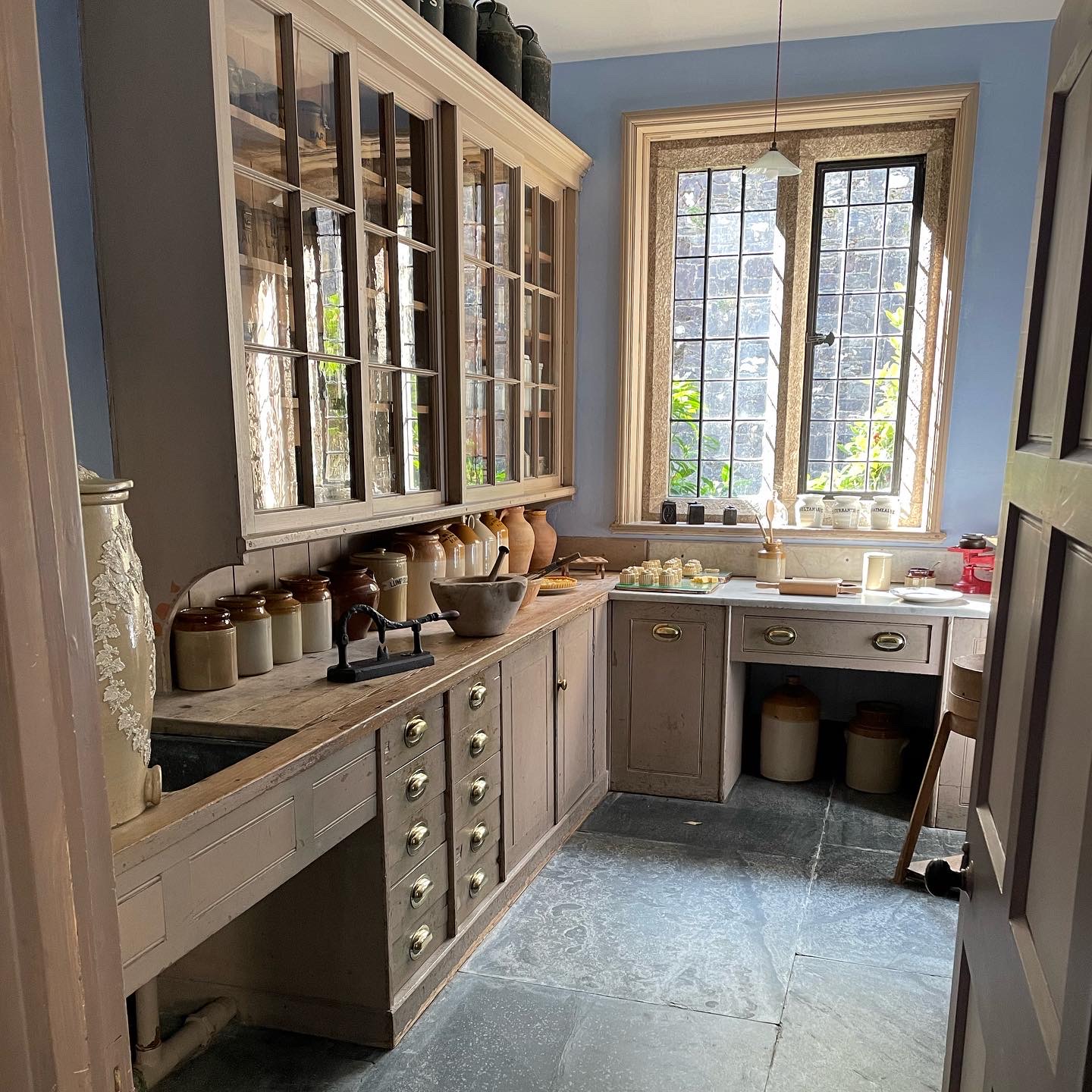
In the 19th Century, Lanhydrock continued to be a busy family home and welcomed some VIP guests which included the Prince and Princess of Wales in 1903 and Winston Churchill. Tommy became an MP for South East Cornwall in 1906 and swiftly became embroiled in a bribery and expenses scandal. Despite forfeiting his seat the was elected to the mid-Cornwall constituency.
During the First World War Tommy was appointed as Second Lieutenant in the Royal Bucks Hussars but was uncomfortable with his position being so far removed from enemy lines. in February 1915, he left for France as part of the Coldstream Guards. During the Battle of Loos in September 1915 Tommy was coming to the aid of a fallen comrade when he too was shot. Sadly, Tommy later died of his wounds and the family and estate fell into a decline from which they would never recover.
Now in the care of The National Trust, visitors to Lanhydrock can explore the grand reception rooms, servant quarters, and beautiful gardens, all offering a glimpse into the lives of the Agar-Robartes family who once called Lanhydrock their home.
A Paradise for Plant Lovers
The gardens at Lanhydrock are a delight to behold. You can explore the formal parterre, bursting with colorful flowers, or wander through the tranquil woodland gardens, teeming with native plants and wildlife. The higher gardens offer stunning views of the surrounding countryside, while the Victorian glasshouses provide a glimpse into exotic flora.
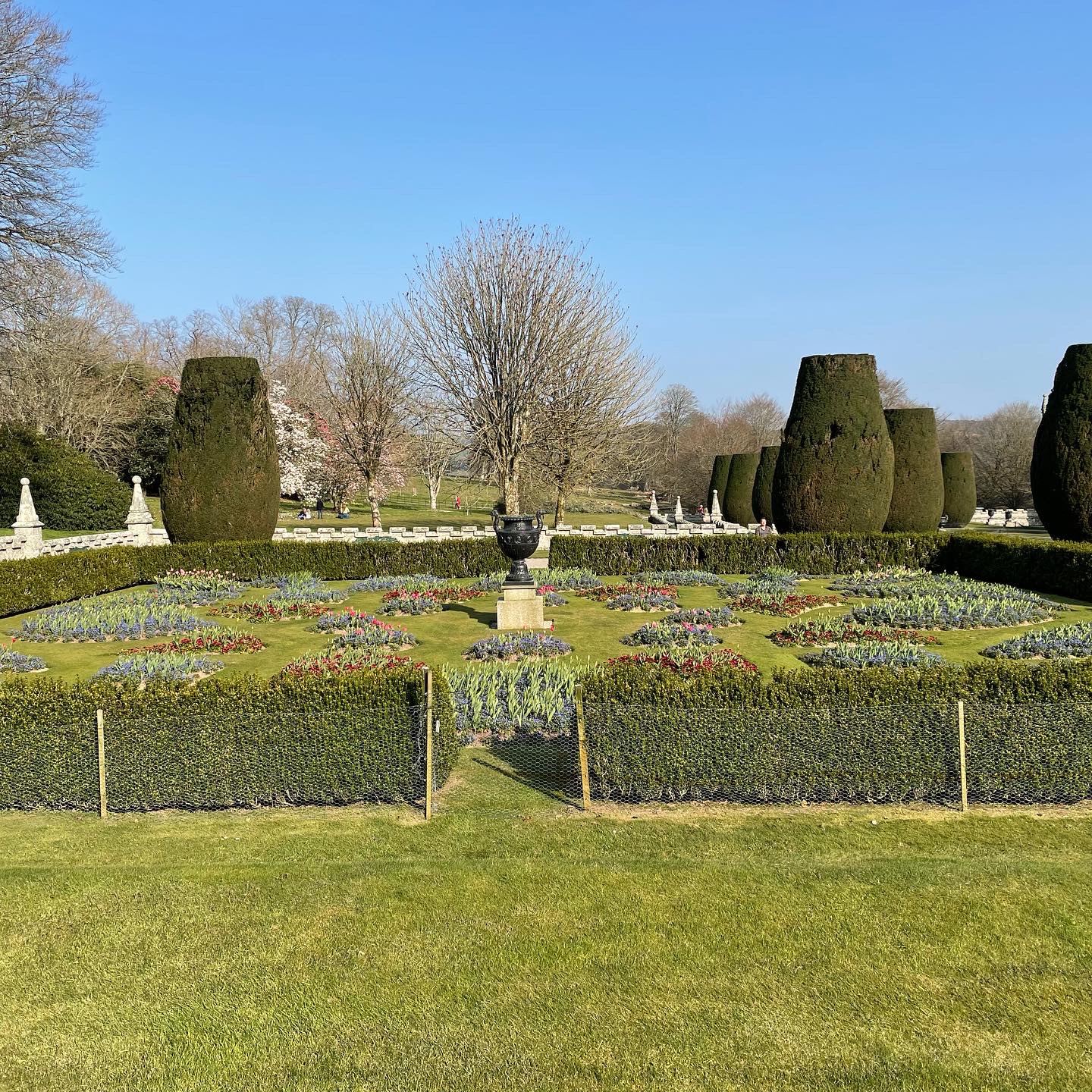
Activities for All Ages
Lanhydrock is a great place to visit with the whole family. Little ones will love exploring the adventure playground, while adults can enjoy a leisurely walk or bike ride through the extensive estate. You can even hire a bike from the estate so no need to bring your own wheels! The National Trust also regularly hosts events and activities throughout the year, so be sure to check their website before your visit. You can find a link the Lanhydrock National Trust page below.
https://www.nationaltrust.org.uk/visit/cornwall/lanhydrock
With its rich history, beautiful gardens, and family-friendly activities, Lanhydrock National Trust is a must-visit for anyone exploring Cornwall. So pack your bags, lace up your walking boots, and get ready for a memorable day out.
Getting There
Lanhydrock National Trust is located just a short drive from Higher Trewithen Holiday Cottages. The journey takes around 57 minutes and covers approximately 35 miles. Here are the directions:
- Start your journey at Higher Trewithen Holiday Cottages.
- Take the A39 and A30 towards National Trust – Lanhydrock.
- Your destination will be on the right.
You can see the directions here.
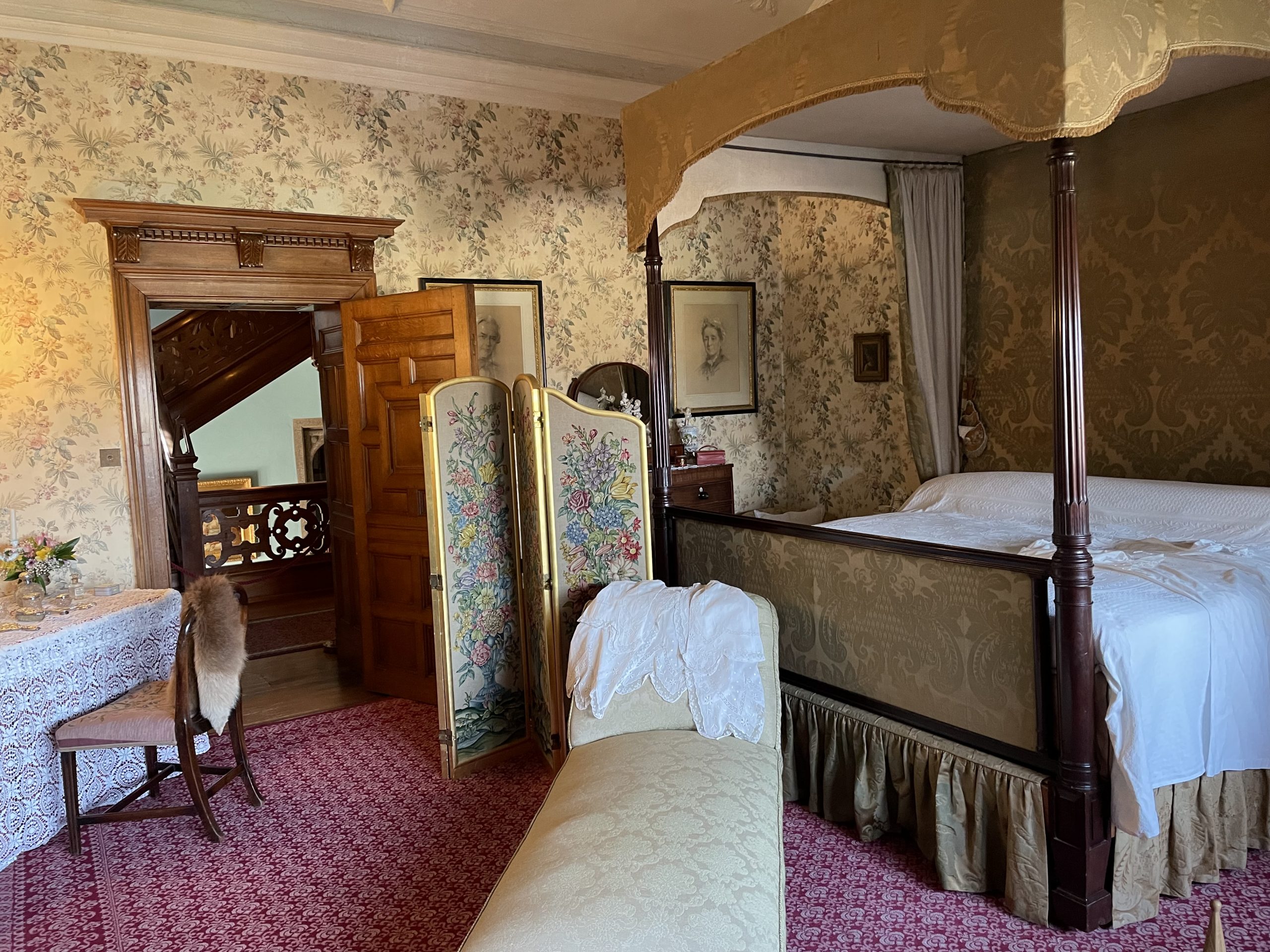
Tips for Your Visit
* 11am and 2pm is the busiest times
*Under 5’s enter free
*Bags larger than 25cm x 7cm x 18cm are not allowed inside the mansion there are free to use lockers inside the bag drop.
*Pay and display parking; charges will apply for non-members £1.50 for up to an hour or £6 for the whole day.
*Members park free of charge.
*Wear comfortable shoes suitable for walking.
*Pack a picnic lunch to enjoy in the beautiful grounds. There is a café and a tea room but these can be busy.
*Don’t forget your camera to capture the stunning scenery.
*Cycle hire open Friday to Tuesday, 9.30am-5pm until 29 October – book via email lanhydrockcyclehire@nationaltrust.org.uk with:
- The preferred date and time of your ride
- A contact telephone number
- Approximate height of each rider
- The age of each rider and, if they are 10 and younger, also state whether you need a trailer, tag-along or child seat
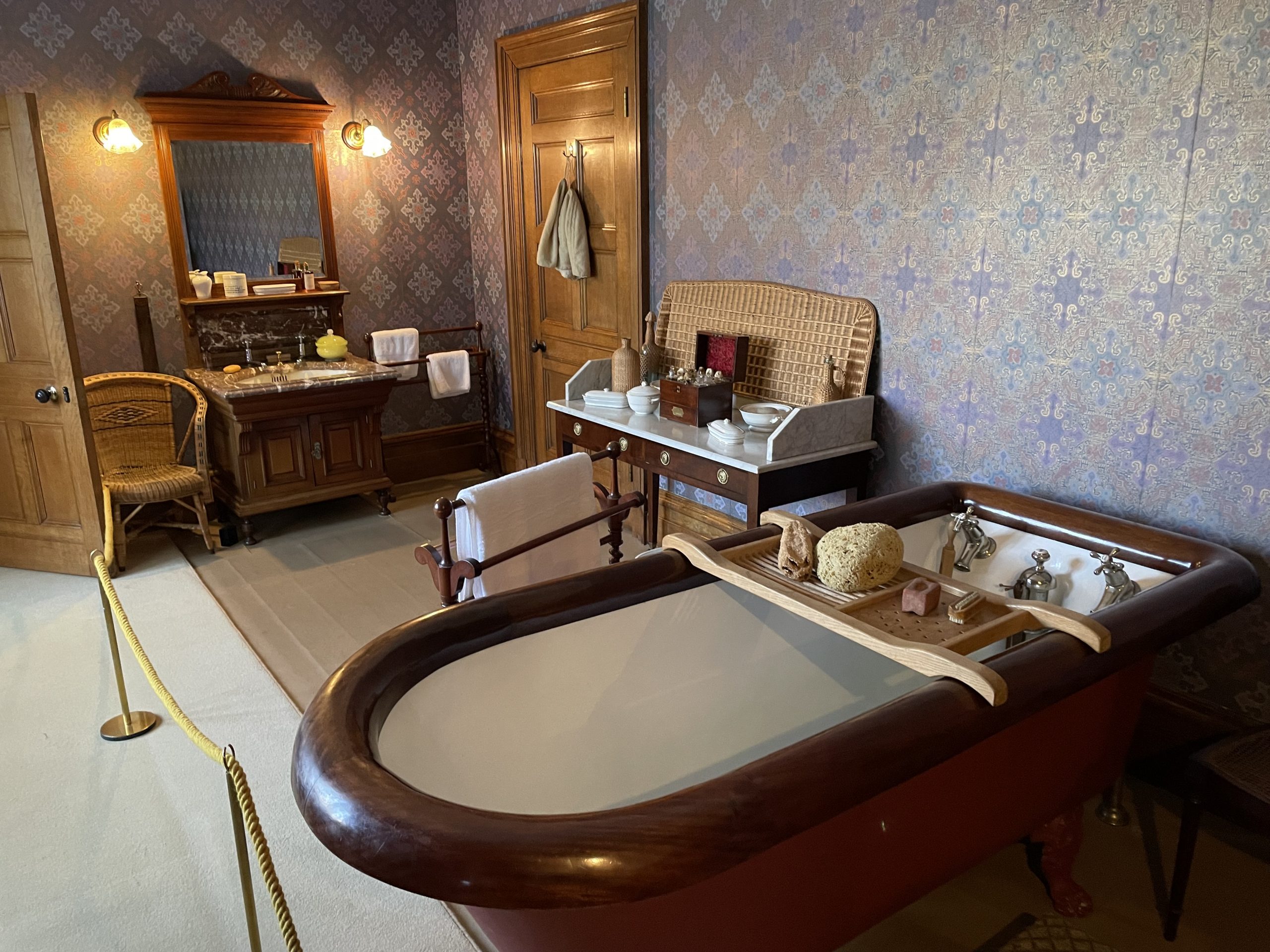
Bike Hire fees
Adult bike – £22
Child bike – £15
Balance bike – £8
Adult bike and attachment (child seat, tag-along or trailer) – £30
Attachment (fitted to your own bike, restrictions apply) – £19
Recumbent Trike (16 and over) – £18
